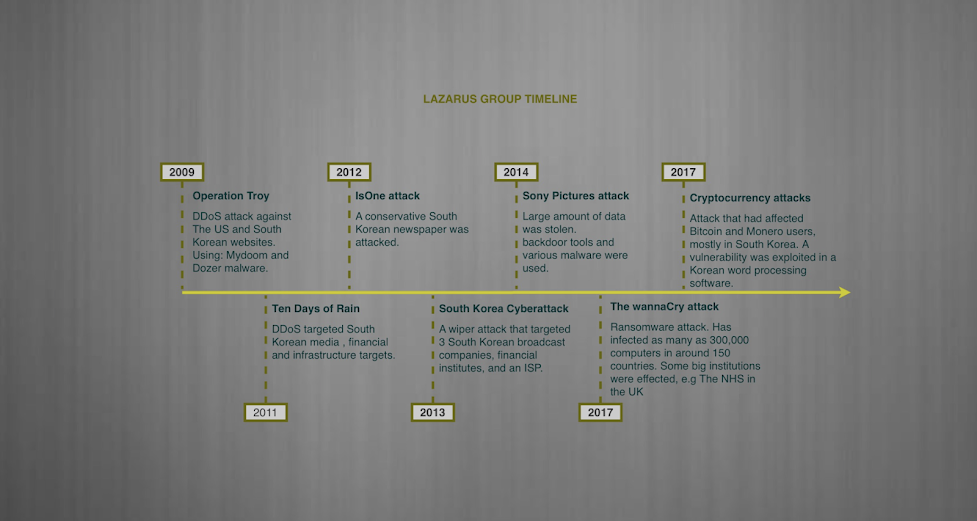Malware research main body
Malware has various types, such as viruses, worms, rootkits, trojans, etc. Malware exhibits several malicious activities, depending on the type of attack. For example, viruses attack usually infect the host via an email attachment or shared network (Masud et al., 2011). The viruses attack starts once the user runs the infected executable file (Skoudis and Zeltser, 2004). Hence, begin to replicate itself and exhibit malicious activates such as showing annoying messages. Moreover, unlike viruses, worms do not need to attach themself to a binary file to spread and propagate themselves (Masud et al., 2011) and could infect the host vis a shared network (Nandal, 2017). Worms exhibit a number of malicious behaviours such as spamming and phishing, deleting date from hard drive, etc. Another type is trojans, which appear as legitimate software but once installed, it gives the malware developer access to the victim's computer (Hosch, 2020). All these attacks might happen because of a lack of awareness, and it might cause huge losses for a big corporation.
Therefore, to find a solution, it is necessary to determine the malware type and its threat and purpose (Davis et al., 2009). Applying more than one defence tool is the best solution, as it is likely that the specimen will find a way around one particular mechanism. The First tool, which is the most widely adopted security technique, is anti-viruses. Anti-viruses could be used to detect and protect the host from both viruses and worms. This technique uses three different methods 1-signature detection, 2-heuristics, and integrity verification. The anti-virus vendor adds at least one new signature to their program; thus, it is necessary to update the anti-virus regularly. However, anti-viruses are not the entire solution for worms when you have an online system. Hence, applying all security patches and hardening the configuration to your online system is required; after this, set a team to update and monitor the system regularly. Moreover, having a subscription to a mailing list where new vulnerability is discussed, most vendors have their mailing list. Finally, trojans attacks could be defended mostly by the user. Therefore, it is necessary to raise the user's awareness and forbid installing any software from the internet no matter how legit it looks or runs a checking teat before installing (Skoudis and Zeltser, 2004)


Hi
ReplyDeleteYou may still improve with main body by paraphrasing, summarising which would help you in removing quoted text from the main analysis.
Many thanks
Chirag
I've been working upon this.
ReplyDeleteThank you.